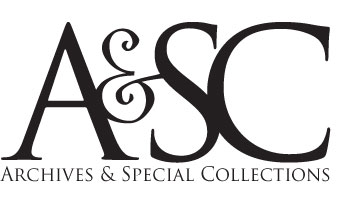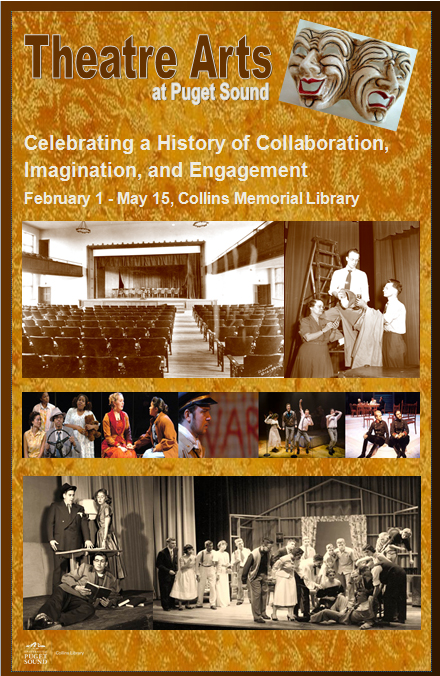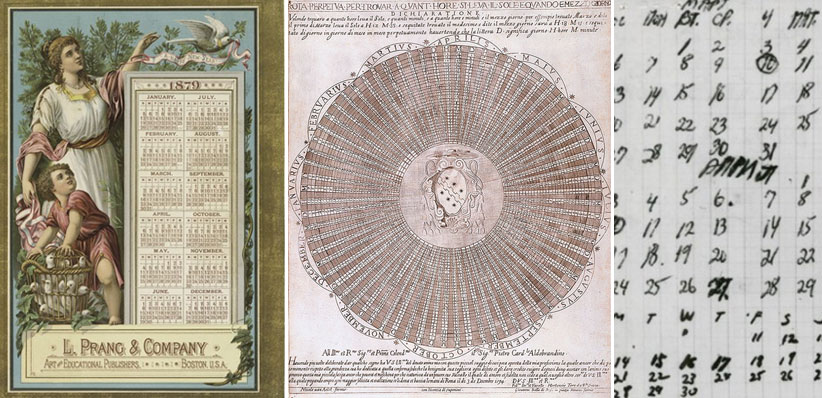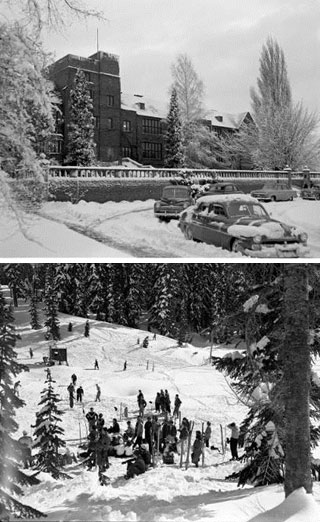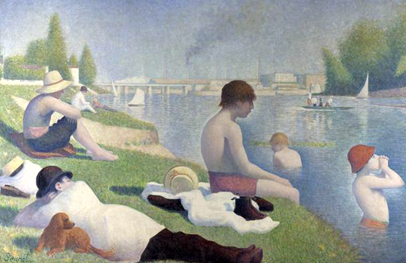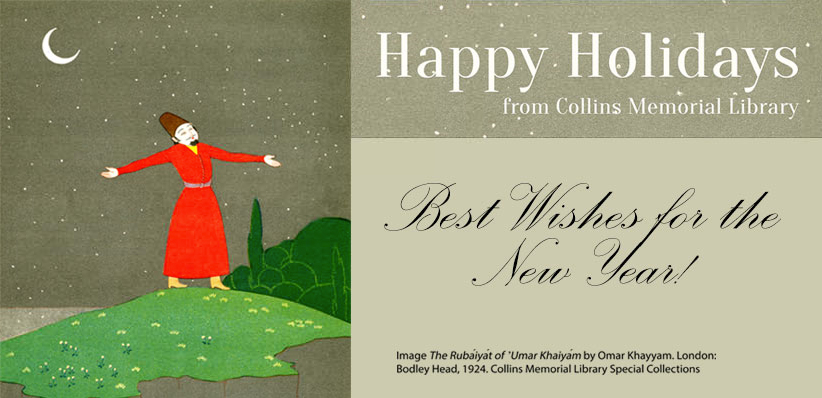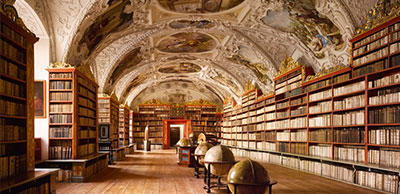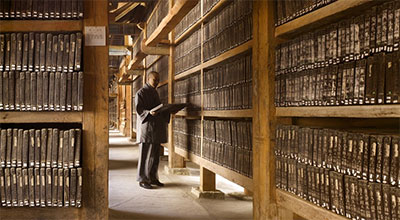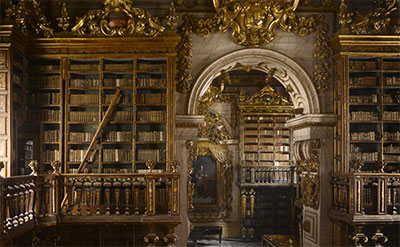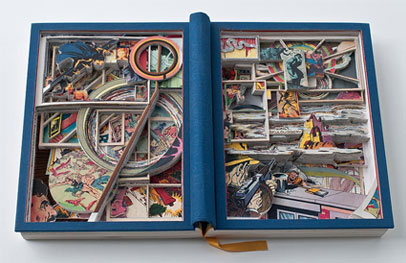
James Allen Studio, Book Excavations
Wednesday, January 28, 2015
6:30 p.m.
Collins Library, Rm. 020.
James Allen (An artist from Portland, Oregon) finds inspiration in the ephemera of the common objects we encounter everyday altering objects such as books, magazines, photos, and postcards to create new experiences through existing media. In 2000, he earned a BFA from the University of Wisconsin Milwaukee and was featured in the book, Art Made from Books: Altered, Sculpted, Carved, Transformed.
A majority of Allen’s artwork is reductive: he takes common-place objects and alters them by removing parts or fragmenting and reconstructing them. Allen refers to this sculptural process as Book Excavations. Each Excavation begins by cutting a rectangular hole in the cover of a book. Then, one page at a time, he cuts his way through the pages. By selectively keeping fragments of images and words he creates a composition using the content of the book as it emerges. He leaves the book bound and doesn’t move any of the pages of the book. Instead revealing the contents only by cutting away and removing sections of pages. In this way, chance and random associations are embraced to reinterpret the intended message and purpose of each book. Both narrative and compositional dynamics are considered to create a condensed reinterpretation of the book’s content. The original intent of the book is destroyed, but in the process an exquisite Excavation is created. These Excavations turn the linear format of a book into a flat “window” through which to observe many pages at once. Instead of reading from cover to cover and gaining knowledge, the meaning of the book is obscured and becomes a visual meditation on its subject.
For more information about the artist and to study more of his work, visit his website at: www.jamesallenstudio.com.
For more information:libref@pugetsound.edu
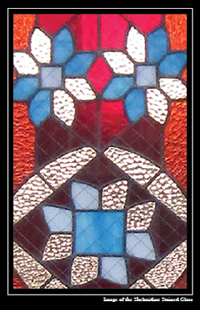 Trevor J. Bond, Head of Manuscripts, Archives, and Special Collections, Washington State University
Trevor J. Bond, Head of Manuscripts, Archives, and Special Collections, Washington State University